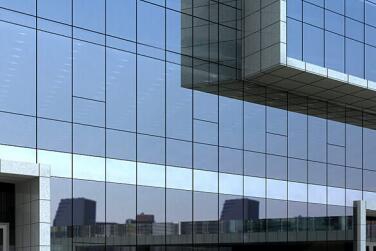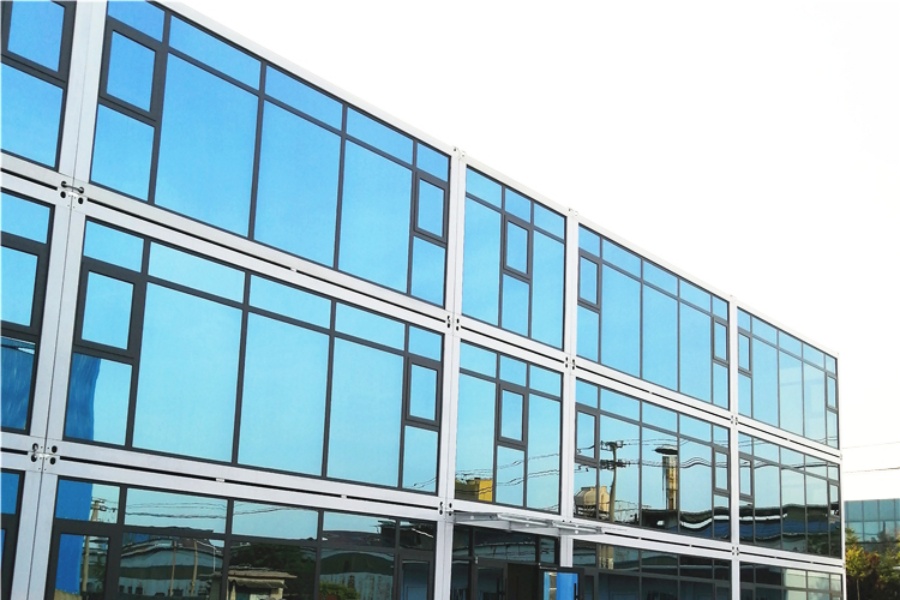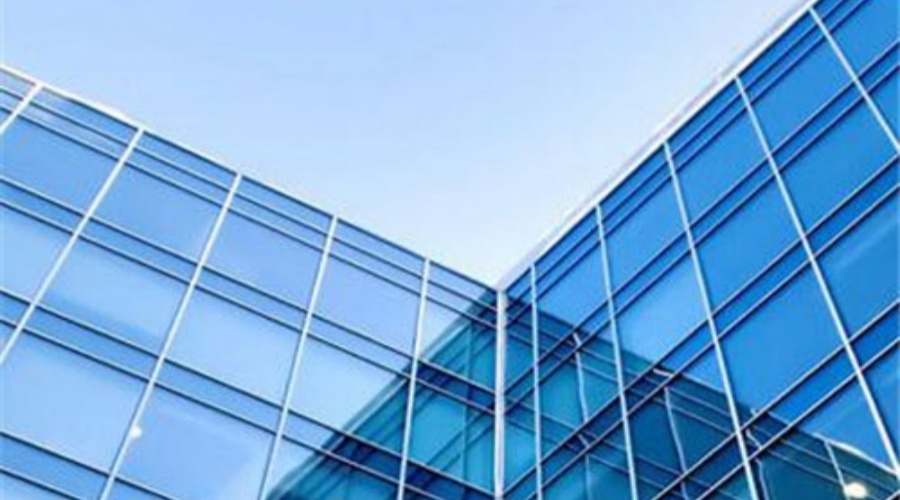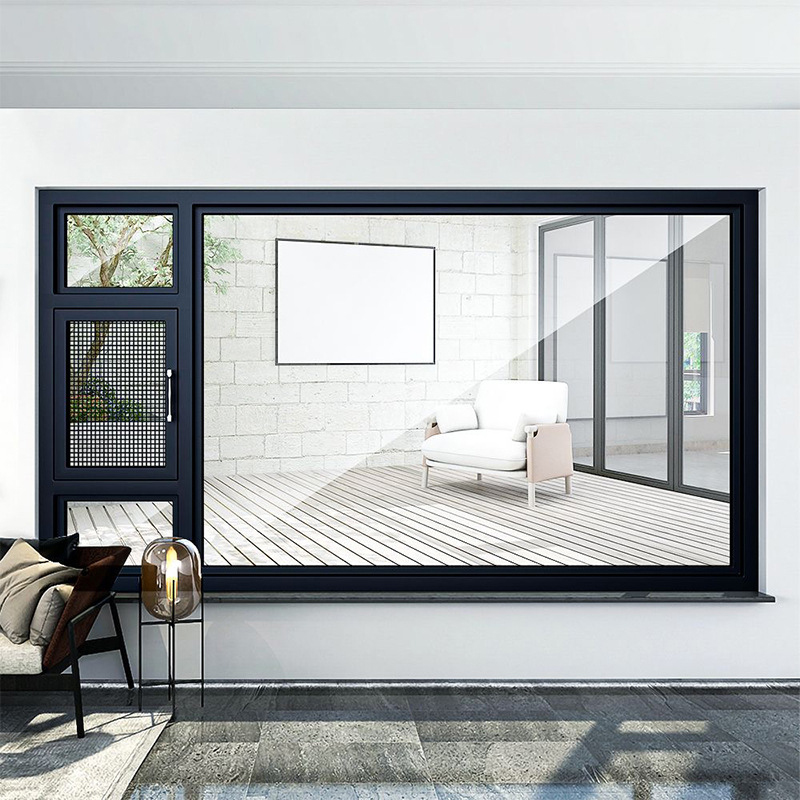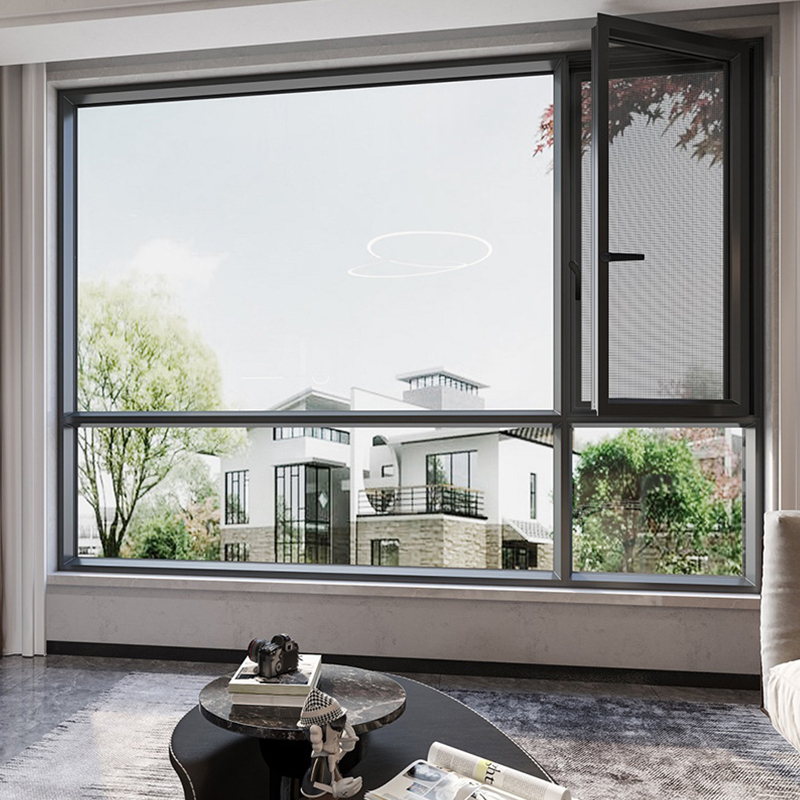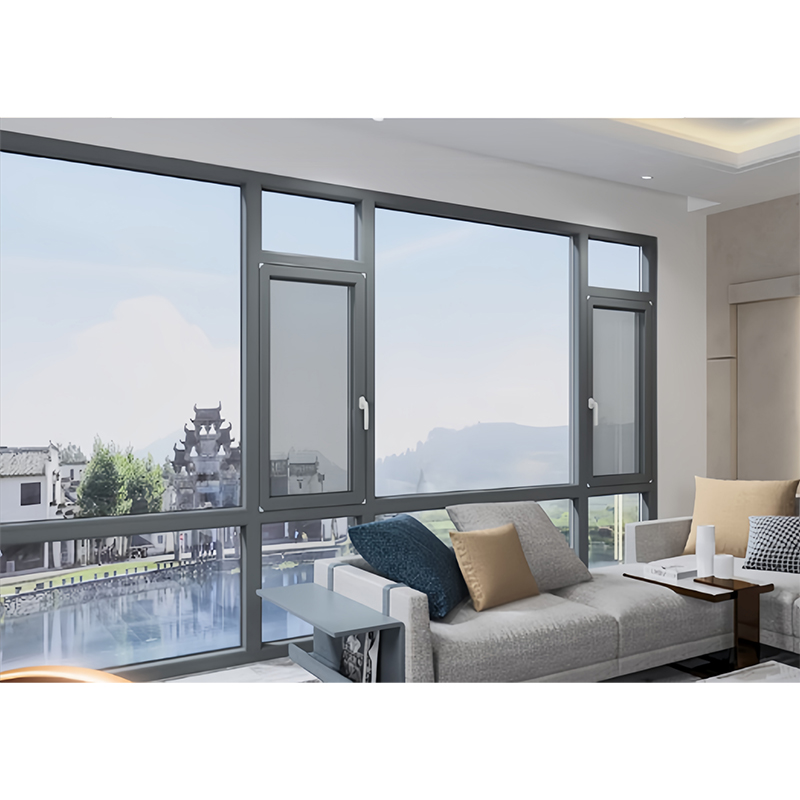As a defining element of modern architecture, glass curtain walls are widely used in residential design due to their transparent appearance, excellent lighting, and unique visual aesthetic. However, with a wide variety of glass curtain wall products on the market, choosing one that is both aesthetically pleasing and practical, energy-efficient, and safe for your home has become a major concern for many homeowners and designers. This article will provide a comprehensive and professional selection guide based on multiple factors, including functional requirements, glass type, framing system, installation techniques, and cost budget.1. Clarifying Functional Requirements: Goal-Driven SelectionBefore selecting a glass curtain wall, it's important to first clarify the specific functional requirements of the home; this forms the foundation for all subsequent decisions. The performance requirements for glass curtain walls vary significantly depending on the home type, location, and usage scenario.1. Lighting and ViewsIf the home is located in an area with beautiful natural scenery, such as by the sea, lake, or amidst mountains and forests, maximizing light and views are paramount considerations. In this case, it's important to choose glass with high light transmittance, such as low-iron ultra-clear glass, which can achieve transmittances exceeding 90%. This effectively reduces the color interference of the glass itself and creates a seamless transition between indoor and outdoor views. Furthermore, large fixed glass curtain walls can be used to minimize frame obstruction and create a sense of openness and transparency.2. Thermal InsulationIn cold regions, or areas with hot summers and cold winters, the thermal insulation performance of glass curtain walls is crucial. Good insulation reduces heat loss and lowers winter heating energy consumption; effective insulation prevents outdoor heat from entering the home, reducing the load on air conditioning in summer. For example, insulating glass (IG) is a common type of thermally insulating glass. It consists of two or more panes of glass with a dry air layer or an inert gas filled space between them. This effectively reduces thermal conductivity and improves insulation.3. Sound InsulationIf a home is located in a noisy environment, such as a busy street, near an airport, or in an industrial area, sound insulation becomes a key requirement. Choosing a glass curtain wall with excellent soundproofing properties can effectively block the ingress of outside noise, creating a quiet and comfortable living environment. Laminated glass is an ideal soundproofing glass. It has a PVB film sandwiched between two layers of glass. When sound propagates through the glass, the PVB film effectively absorbs and attenuates sound waves, reducing noise transmission.4. Safety ProtectionSafety is a crucial factor in building design. For high-rise residential buildings or buildings located in earthquake-prone areas, glass curtain walls must possess sufficient strength and impact resistance to prevent glass shattering and injury. Tempered glass, a safety glass processed through a special heat treatment process, is 3-5 times stronger than ordinary glass. When shattered by external forces, it forms fine, granular fragments, minimizing harm to the human body. Laminated tempered glass can also be selected for further safety.2. Understanding Glass Types: Choosing Based on Performance CharacteristicsGlass is the core material of glass curtain walls. Different types of glass have different performance characteristics and are suitable for different scenarios. The following introduces several common glass types and their application scenarios.1. Ordinary Flat GlassOrdinary flat glass is the most basic type of glass, offering advantages such as low price and good light transmittance. However, it is relatively weak, easily breakable, and offers poor thermal, sound, and safety performance. Therefore, ordinary flat glass is generally not used solely in glass curtain walls; it is usually used as a substrate for other glass types for further processing.2. Tempered GlassAs mentioned above, tempered glass offers high strength and impact resistance, and offers excellent safety. It is widely used in various glass curtain wall projects, particularly in locations with high safety requirements, such as high-rise residential balcony windows and interior partitions. Tempered glass can also be bent to create curved glass curtain walls, adding unique architectural features.3. Insulating GlassInsulating glass consists of two or more panes of glass separated by an aluminum alloy spacer frame. The spacer is filled with desiccant and then sealed with sealant to create an air gap. This air gap provides excellent thermal insulation, effectively preventing heat transfer, giving insulated glass excellent thermal insulation. Insulating glass can also be filled with inert gases, such as argon, to further enhance its thermal insulation properties. Insulating glass is suitable for homes in all climates and is particularly well-suited for energy-efficient residences.4. Laminated GlassLaminated glass is made by sandwiching one or more layers of an organic polymer interlayer, such as PVB or SGP, between two or more sheets of glass. This process is processed under high temperature and high pressure. Laminated glass offers excellent sound insulation, safety, and bullet and theft resistance. When the glass shatters due to external impact, the interlayer bonds the fragments together, preventing them from scattering and injuring anyone. Laminated glass is often used in locations with extremely high security requirements, such as banks, jewelry stores, and museums. It can also be used in residential balconies and windows.5. Low-E GlassLow-E glass (low-emissivity glass) is a glass surface coated with one or more layers of a film composed of metal or other compounds. This film system has high transmittance for visible light and high reflectivity for mid- and far-infrared radiation, effectively preventing indoor heat loss through the glass curtain wall while allowing short-wavelength sunlight to penetrate, improving daylighting. Low-E glass offers excellent thermal insulation and energy-saving properties, making it widely used in energy-efficient buildings, particularly in regions with cold winters and hot summers.3. Consider the Framing System: Ensuring Structural Stability and AestheticsThe framing system of a glass curtain wall not only supports and secures the glass but also significantly impacts the overall aesthetics and structural stability of the building. Common framing systems for glass curtain walls include exposed frame, concealed frame, and semi-concealed frame.1. Exposed Frame Curtain WallIn exposed frame curtain walls, the glass is embedded in an aluminum alloy frame, with the frame exposed on the glass surface, creating a distinct frame line. Exposed frame curtain walls offer advantages such as simple structure, easy installation, and safety and reliability. The frame also serves a decorative purpose, enhancing the building's three-dimensional and layered effect. Exposed frame curtain walls are suitable for a variety of architectural styles, especially traditional and public buildings.2. Concealed frame curtain wallsIn concealed frame curtain walls, the glass is bonded to an aluminum alloy frame using structural adhesive. The frame is concealed behind the glass. From the outside, there are no noticeable frame lines on the glass surface, presenting a simple and transparent overall effect. Concealed frame curtain walls offer advantages such as aesthetics and wide views, maximizing the quality of the glass and the visual impact of large glass curtain walls. However, concealed frame curtain walls place high demands on the performance and construction quality of the structural adhesive, ensuring the bond strength and durability of the adhesive to ensure the safety of the glass curtain wall. Concealed frame curtain walls are suitable for modern buildings such as high-rise office buildings and commercial centers.3. Semi-concealed frame curtain wallsSemi-concealed frame curtain walls combine the characteristics of exposed and concealed frame curtain walls and come in two types: horizontal exposed and vertical concealed, and horizontal concealed and vertical exposed. In horizontal exposed and vertical concealed curtain walls, the horizontal frame is exposed, while the vertical frame is concealed; in horizontal concealed and vertical exposed curtain walls, the reverse is true. Semi-concealed frame curtain walls offer both decorative appeal and structural safety, making them suitable for projects with high demands on both exterior appearance and safety.
4. Pay Attention to Installation Techniques: Details Determine Success


